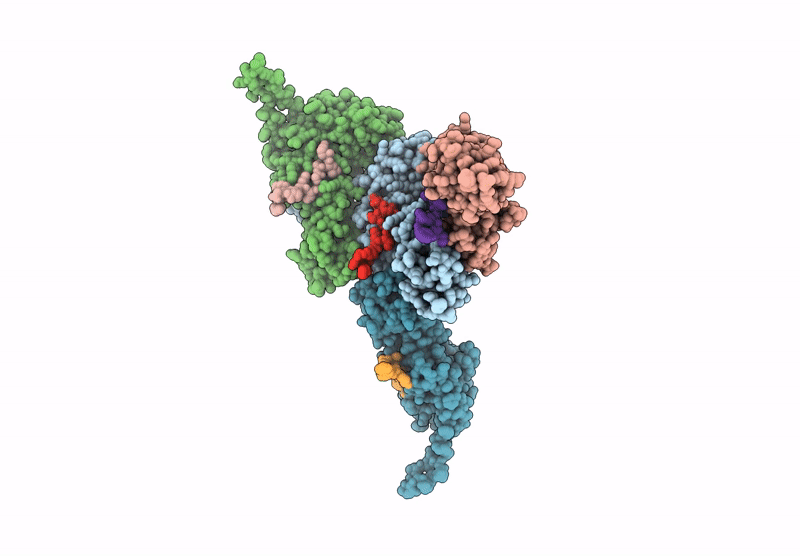
Deposition Date
2024-04-08
Release Date
2024-10-30
Last Version Date
2024-10-30
Entry Detail
PDB ID:
9BC8
Keywords:
Title:
Cargo-loaded Myxococcus xanthus EncA encapsulin engineered pore mutant with T=4 icosahedral symmetry
Biological Source:
Source Organism:
Myxococcus xanthus DK 1622 (Taxon ID: 246197)
Host Organism:
Method Details:
Experimental Method:
Resolution:
3.46 Å
Aggregation State:
PARTICLE
Reconstruction Method:
SINGLE PARTICLE


